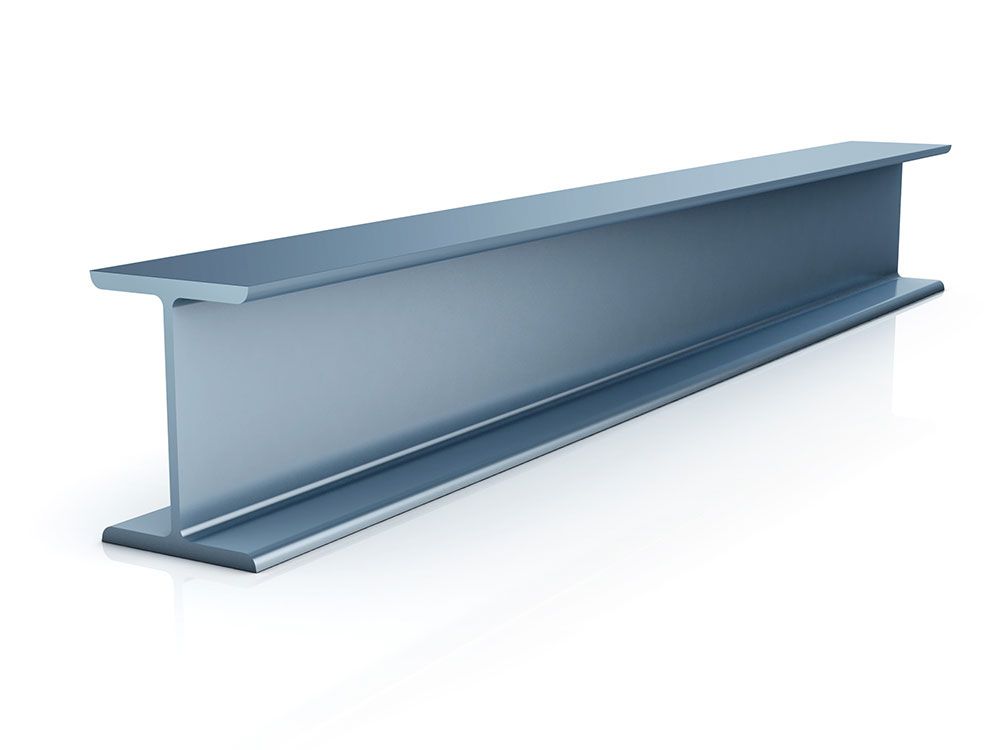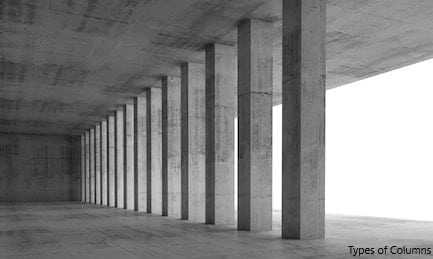Due to the advantages of shallow foundations, they are the most popular and common type of foundation constructed in the world. It is a type of foundation constructed at a shallower depth.
The depth of the foundation is above 1m. This value may vary with the requirements of the design, construction difficulties, architectural requirements, etc.
Let’s see what are the main advantage of shallow foundations.
Advantages of Shallow Foundations
- When the overall cost of the construction is considered, shallow foundations are cost-effective compared to deep foundations. In deep foundations, in addition to the foundation, there are pile caps, large ground beams to maintain structural integrity and safety.
- There will be only the tie beams required for shallow foundations most of the time. Isolated footings, strip footings, combined footings, etc. can cause settlements. Therefore, tie beams are provided. However, the size of the tie-beams will not be large as the ground beams constructed in pile foundations.
- No elements like pile caps are required for shallow foundations.
- The risk of construction due to the uncertainties is minimal when compared to the deep foundation. Deep foundation required additional tests to check whether the construction of the foundation is acceptable. Pile Integrity Test (PIT), Pile Dynamic Test (PDA), etc. are to make sure the pile integrity is correct and it can bear the applied loads.
- Visual inspections can be done to make sure the quality control process is correct.
- Since the construction is done at a shallower depth, there is no requirement for heavy equipment like in pile construction.
Disadvantages of Shallow Foundations
- Shallow foundations are constructed on the soil. The soil properties may vary from place to place where the structure is constructed. In addition, there will be changes in loads of the structure and they could be unevenly distributed. This will cause different settlements in the foundations.
- Having a weak soil layer or soft soil such as peat, organic soils that are compressible could cause foundation settlements.
- There are possibilities of failures of shallow foundations due to weak solid conditions. The article shallow foundation failures could be referred to for further information.
- Designers need to be aware of the condition of the soil though the soil investigation report provides a certain value for allowable bearing capacity.
Related Articles
- Shallow Foundations
- Pier Foundation
- Footing Foundations
- Deep Foundations
- Foundation Failure
- Underpinning
- Eccentrically Loaded Foundations
- Shallow Foundation Failure
- Pile Raft Foundations
- Mat Foundation
- Pile Foundation
- Driven Pile Foundations
- Pile foundations
- Uplift Pressure on Foundations
- How to Determine Foundation Type
- Excavation for Foundation
- Foundation Waterproofing
- Settlement of Shallow Foundations
- Slab Foundations


